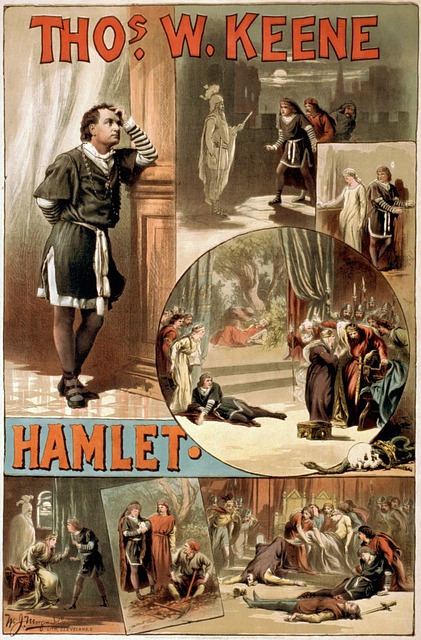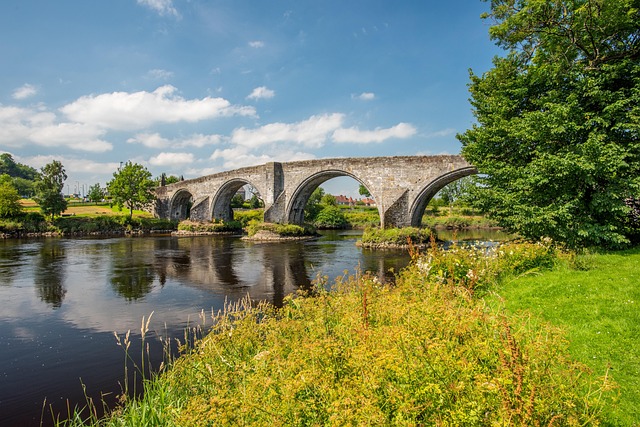Route 66's evolution from a functional highway to a premier tourist destination is deeply intertwined with the region's real estate landscape. Initially crucial for transportation, its allure shifted to include scenic beauty, historic landmarks, and diverse communities, drawing visitors seeking authentic American experiences. Entrepreneurs recognized opportunities, developing attractions that capitalize on Route 66's unique character, transforming it into a cultural phenomenon. This has led to thriving businesses, unique commercial spaces, and revitalized landmarks, boosting local economies and property values while preserving the route's historical charm for modern travelers. Balancing preservation with development is crucial to ensure Route 66's sustainability for future generations.
“Route 66, often hailed as America’s iconic highway, has captivated travelers for decades. This historic corridor, once a vital link between Chicago and Los Angeles, evolved into a bustling tourist staple, leaving an indelible mark on the real estate landscape. From its humble beginnings to its current status as a cultural icon, this article explores the evolution of Route 66’s allure, its profound impact on local communities and real estate, and the challenges and opportunities it presents in preserving its rich legacy for future generations.”
The Evolution of Route 66 as a Tourist Destination

Route 66, often hailed as the “Main Street of America,” has undergone a remarkable transformation from a functional highway to a iconic tourist destination. Its evolution as a magnet for travelers is closely tied to the real estate landscape it traverses. Initially, the route connected bustling cities and small towns, offering a direct path for goods and people across middle America. However, as time progressed, the appeal of Route 66 expanded beyond its practical purpose. The scenic beauty, historic landmarks, and diverse communities along the way began to attract visitors seeking authentic American experiences.
Real estate plays a significant role in this shift. The unique architecture, from classic motels to iconic roadside restaurants, became part of the allure. Entrepreneurs recognized the potential for accommodating travelers, leading to the development of themed accommodations and eateries that aligned with the route’s character. As a result, Route 66 became not just a passageway but a cultural phenomenon, drawing tourists interested in immersing themselves in its rich history and diverse offerings.
Historical Significance and Cultural Impact on Local Real Estate

Route 66, often hailed as the “Main Street of America,” has left an indelible mark on the real estate landscape of the communities it passed through. As a historic highway that stretched from Chicago to Los Angeles, its cultural significance cannot be overstated. The iconic route inspired countless travelers, artists, and writers, contributing to a vibrant cultural exchange across the nation. This cultural impact translated into tangible results for local real estate markets. Many businesses sprouted along Route 66, catering to the needs of weary travelers, which led to increased property values and the development of unique commercial spaces that became integral parts of the region’s identity.
The historical significance of Route 66 has also made it a desirable location for tourists seeking authentic experiences. This influx of visitors drives demand for accommodation and local amenities, further enhancing the real estate value in these areas. The route’s cultural allure and nostalgic appeal have preserved and even revitalized historic buildings and landmarks, ensuring they remain integral to the community’s sense of place and attracting both residents and visitors alike.
Preserving the Legacy: Modern-Day Attractiveness and Challenges

The legacy of Route 66 continues to captivate modern travelers, drawing them to experience its historic charm and allure. Today, this iconic route is a testament to the power of preserving a bygone era, offering a unique glimpse into the past while also serving as a vibrant tourist attraction. Many former roadside stops along Route 66 have been revitalized, with historic buildings converted into trendy restaurants, gift shops, and bed-and-breakfasts, attracting visitors seeking authentic experiences. The real estate along this historic corridor has become increasingly valuable, with entrepreneurs recognizing the potential for both commercial and residential development while staying true to its nostalgic appeal.
However, preserving the legacy of Route 66 comes with challenges. Balancing historical preservation with modern development is crucial. As local communities and businesses strive to capitalize on the route’s popularity, there is a delicate task of maintaining its authentic character. This includes safeguarding historic landmarks, iconic signs, and the very landscapes that made Route 66 so captivating in the first place. The constant need for sustainability and adaptation ensures that this tourist staple remains dynamic, offering both familiar comforts and new discoveries to each generation of travelers it greets.






